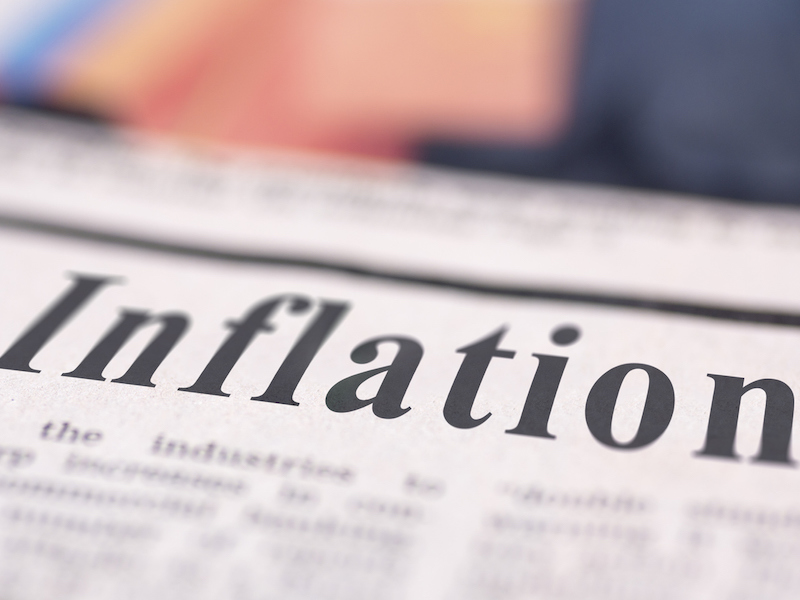
Corporate credit conditions turned out to be better than forecast in 2021 — heading into 2022, it’s expected that businesses will increasingly return to pre-pandemic conditions, even as headwinds build, says DBRS Morningstar in a new report.
Despite elevated economic and pandemic uncertainty heading into 2021, the year turned out better than expected from a credit perspective, the rating agency said.
The quick deployment of Covid-19 vaccines, which enabled businesses to restart activity, along with continued monetary and fiscal stimulus, “had a more positive impact on credit risk profiles than we had expected,” the report noted.
Looking ahead, DBRS said that the prevalence of stable rating trends and outlooks reflects its view that “companies are effectively evolving toward a post-pandemic normal.”
However, the upside of a return to normal will be somewhat offset by declining stimulus, along with growing challenges from inflation, supply chain disruptions, and labour market conditions, it said.
In the short term, inflation will be “an increasingly significant factor in assessing credit risk,” the report said. Many companies could have a hard time passing on the cost of higher input prices and labour to their customers. This in turn could put pressure on margins and earnings, DBR said in the report.
Over the longer term, the decline in fiscal and monetary stimulus will be a bigger factor, it said.
“Company credit risk profiles that benefitted from a long era of fiscal and/or monetary stimulus could be sensitive to and have to adjust to a new era of tightening and rising rates,” it said.
The shifting conditions will continue to have disparate effects on credit ratings in certain sectors, the report noted.
“Positive beneficiaries should include commodity-based and consumer/industrial product/service companies that have pricing power and benefit from the economic reopening,” it said.
Whereas sectors that are, “more discretionary, capital intensive, or rate sensitive and that possess lower pricing power, such as certain real estate, infrastructure-like, and public finance categories, may experience more pressure” in the year ahead, it suggested.
Against that backdrop, DBRS expects that downgrade-to-upgrade ratios will continue reverting toward historical averages and that rating activity will remain relatively low.